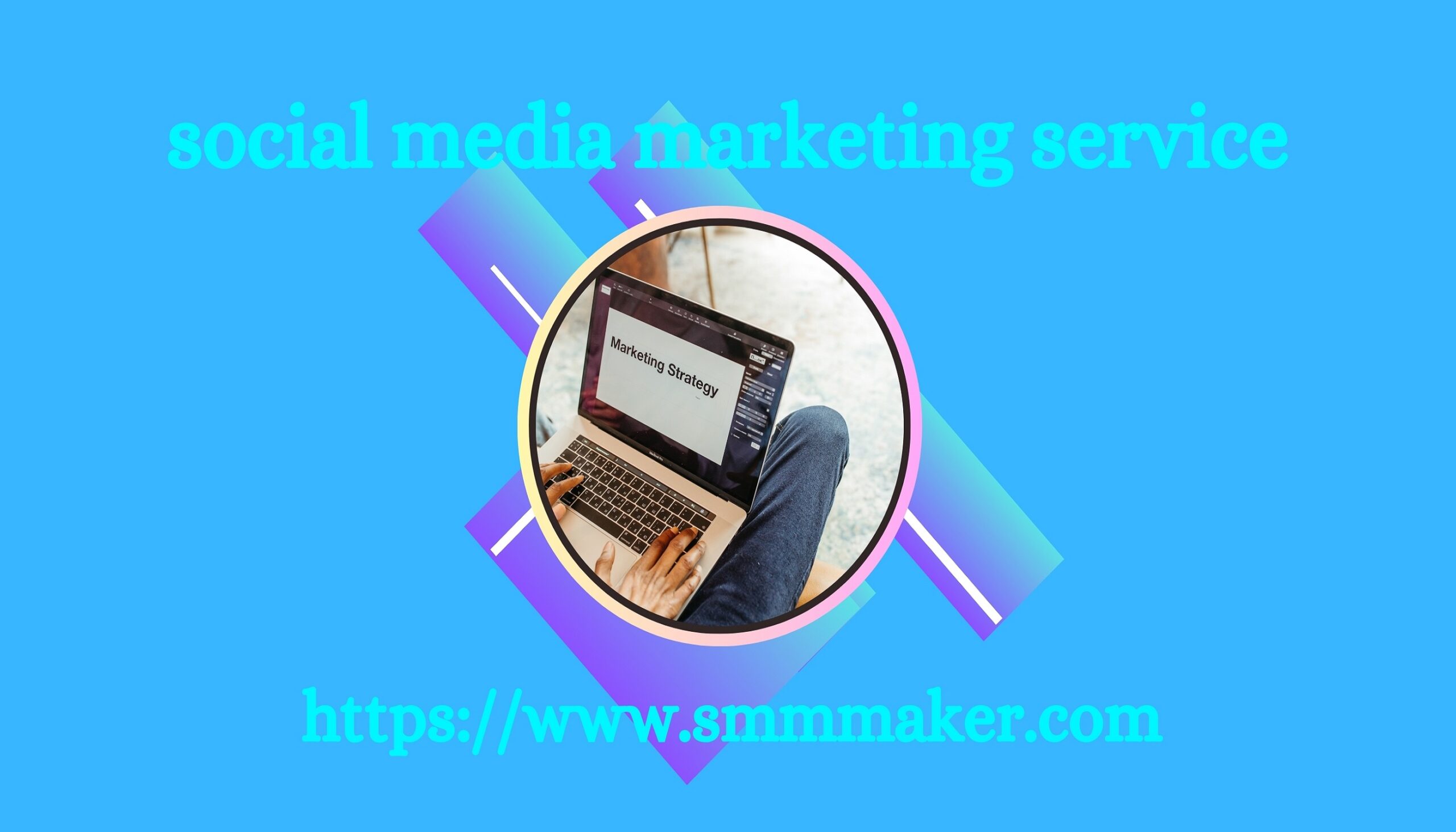The FlyWheel is a new perspective on inbound marketing that you need to know about. It is a radical idea within the digital marketing industry because it proposes the end of the sales funnel.
In this article, we will explain the origin of this strategy, how it is defined and how it works. Join us!
How did the FlyWheel come about?
Brian Holligan, CEO of HubSpot (a pioneering software company for inbound process automation) realized, through market research, that the sales funnel was not helping companies grow quickly.
In this sense, he proposed a new way of applying social media marketing service the inbound marketing methodology.
At “INBOUND 2018”, all attendees of the event were shocked by this new perspective, since the sales funnel had practically positioned itself powerfully within digital marketing.
HubSpot conducts this market study with its clients every year to find out how effective its software packages (CRM, marketing, sales and customer service) have been in increasing their profits through the number of sales.
Based on these studies, it was identified that “word of mouth recommendation” is a determining factor for consumers to make a purchase, above paid advertising campaigns or content positioned on the web.
If you want to see Brian Halligan's presentation at INBOUND 2018, presenting the FlyWheel, here's the video below. Remember to set the subtitles to Spanish.

Another discovery of this study is that the sales funnel lost its “push” once the prospect reached the bottom due to not properly considering the role of its satisfied customers (brand promoters).
No matter how much effort the marketing and sales department put into attracting qualified leads and closing sales, if they did not lead the customer to ultimately recommend the product or service, they would start over with each lead that entered the conversion funnel, generating more costs and less return on investment.
In this sense, the FlyWheel emerged to solve the problem that marketing funnels were presenting by losing the energy deposited in them when the prospect reaches the bottom.
For this new paradigm, it makes more sense to take advantage of all the efforts that were implemented to build customer loyalty and ensure that the customer himself helps the company grow by recommending its products and services.
This way, new prospects will go directly to the purchase and therefore, will not go through the entire initial funnel process.